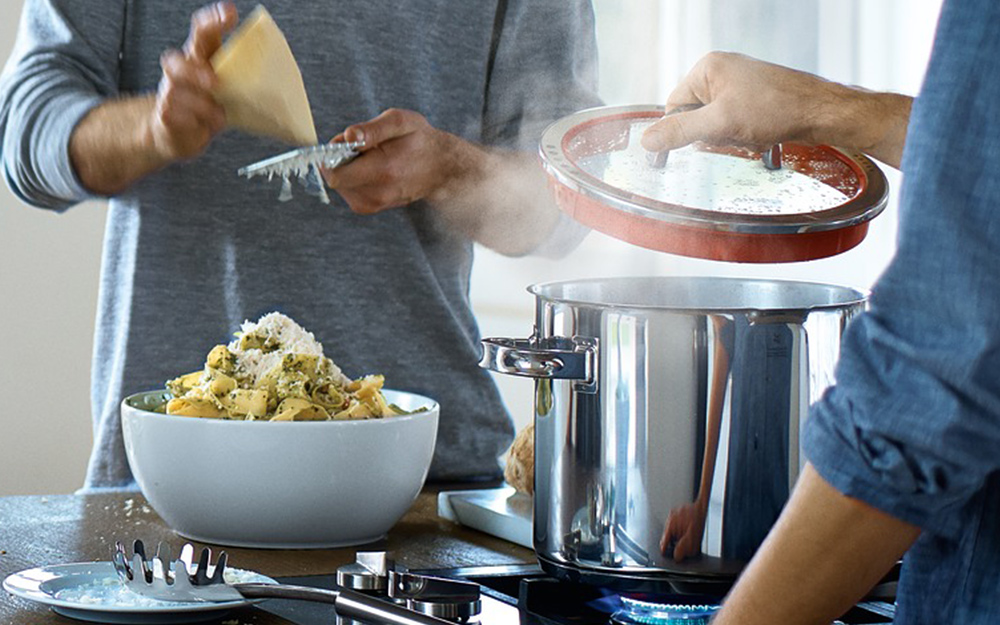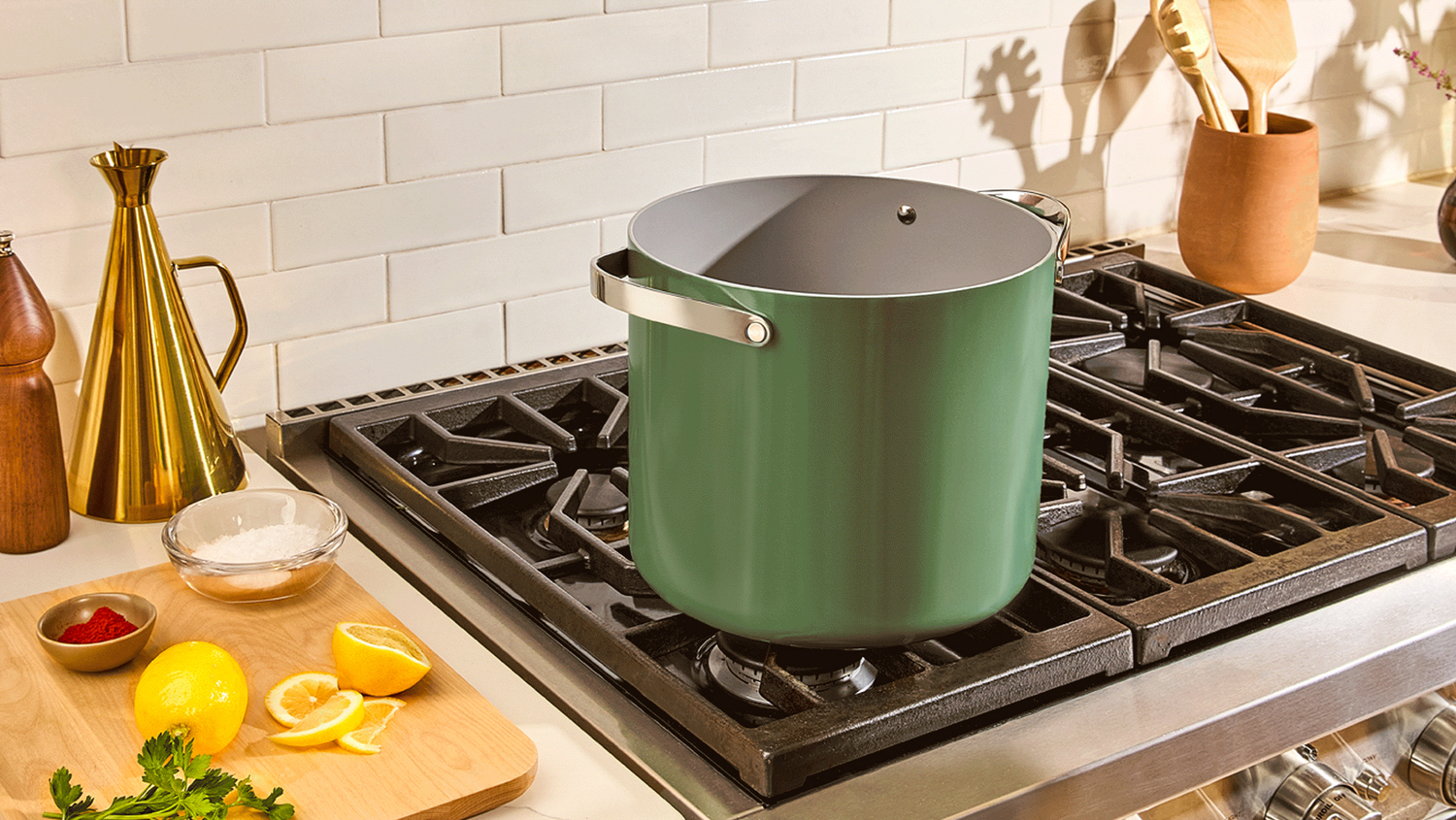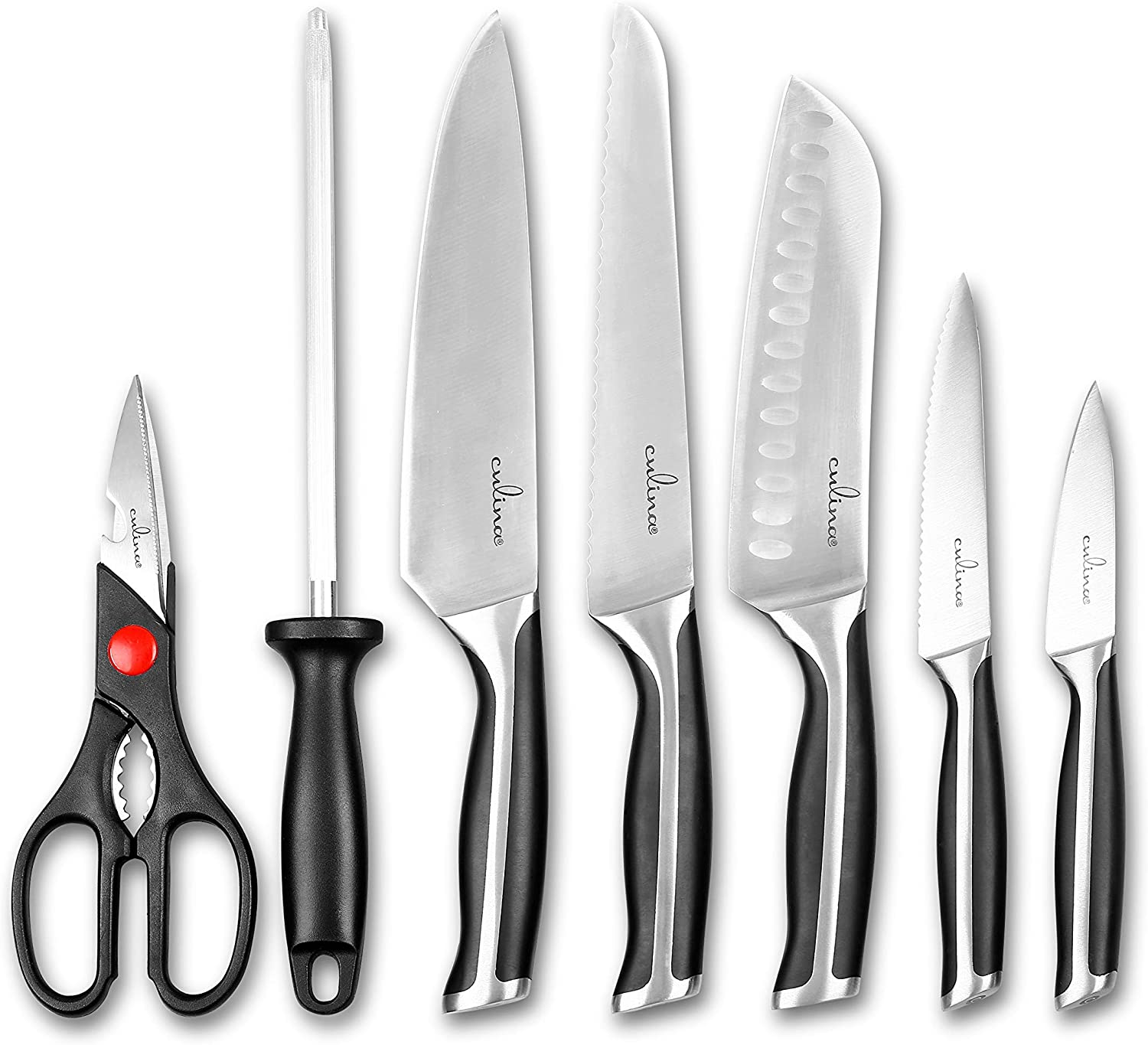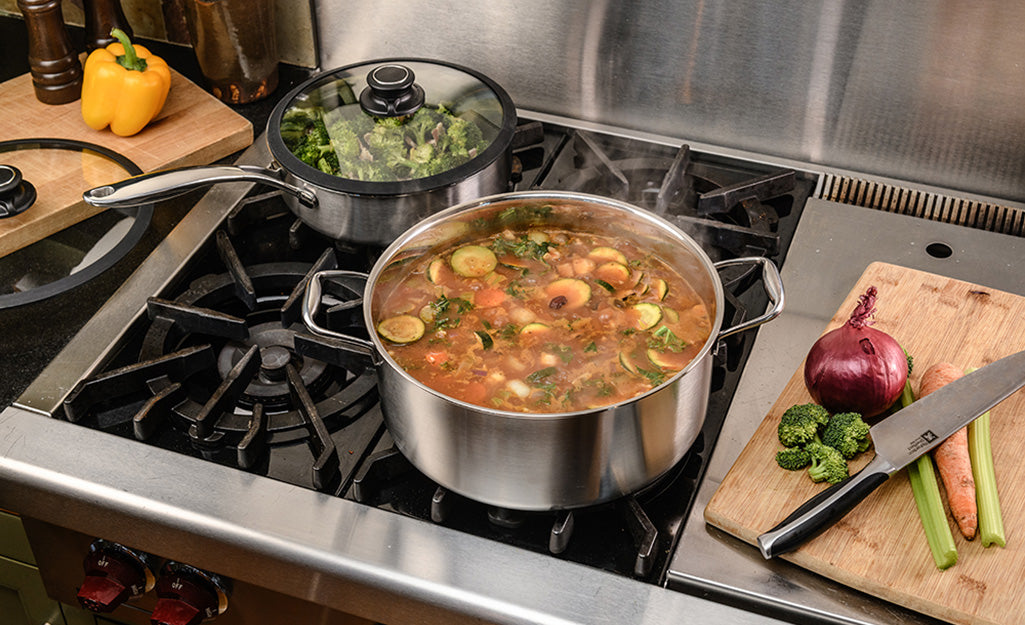If you're a kitchen professional, knowing how many quarts in a stock pot can significantly impact your cooking results. Whether you are simmering sauces, boiling pasta, or preparing large batches of soup, the size of your stock pot matters more than you might think.
Stock pots are essential kitchen tools designed to make large quantities of stock, soup, or other dishes that require long cooking time. Understanding the capacity of stock pots will help you select the right one for your needs and manage your recipes effectively.

Understanding Stock Pot Sizes
Stock pots come in various sizes, typically ranging from about 6 quarts to over 20 quarts. The size of the stock pot you choose plays a crucial role in the cooking process:
- 6-8 quarts: Ideal for small families or individuals. Great for making stocks or sauces.
- 10-12 quarts: Suitable for medium-sized meals, perfect for stews or large soups.
- 14-20 quarts: Designed for large gatherings or commercial kitchens. Perfect for canning, boiling seafood, and more.

Stock Pot vs. Other Cookware
It is also important to distinguish between a stock pot and other cooking vessels. You may wonder, what is the difference between a stock pot and a Dutch oven? The main difference lies in their shapes and intended uses. Stock pots are typically taller and narrower, allowing for even simmering without much evaporation. On the other hand, Dutch ovens are wider and shorter, suitable for braising and baking.
For a detailed comparison of these two essential kitchen tools, check out this post on stock pot vs. Dutch oven.

Choosing the Right Size Stock Pot
When selecting a stock pot, consider the following:
- Consider your typical batch size when preparing meals.
- Evaluate the space available in your kitchen for storage.
- Think about the types of recipes you'll most often makewill you be making large quantities frequently?

How to Measure Your Stock Pot
To confirm how many quarts your stock pot holds, fill it with water using measuring cups. Doing so will provide a greater understanding of its capacity. Its also worth mentioning that stock pots usually have their capacities marked on the sides, yet measuring can assure accuracy.
Tips for Using Your Stock Pot
Using a stock pot is quite simple, but here are some tips to ensure the best results:
- Always leave some space at the top when adding ingredients to allow for bubbling and minimize spills.
- Use a lid to expedite the heating process and preserve flavors.
- Regularly stir contents to distribute heat evenly, especially if you're making thick stocks.
Cleaning and Maintaining Your Stock Pot
Proper maintenance of your stock pot can extend its lifespan. Here are a few tips for cleaning:
- Use a gentle dish soap and sponge for surface cleaning.
- For stubborn stains, soak the pot in warm soapy water before scrubbing.
- Avoid metal scrubbers, as they may scratch your pot's surface.
If you're interested in more detailed cleaning techniques, visit how to clean a stock pot.
Stock Pot Uses and Versatility
Stock pots are incredibly versatile and can be used for much more than just making stock. Here are some popular uses:
- Cooking pastaBoil large amounts of water efficiently.
- Making soup, chili, and stewGreat for large batches.
- Cooking grains like rice or quinoa.
- Steaming vegetables.
- Even baking bread when used properly!
An overview of various uses can be found here: 6 Stockpot Uses.
FAQs
1. How many quarts is a standard stock pot?
A standard stock pot typically ranges from 6 to 20 quarts, with 8 and 12 quarts being very common sizes.
2. Can I use my stock pot for something other than stock?
Yes! Stock pots are versatile and can be used for soups, stews, boiling pasta, and other large-cooking tasks.
3. Is it essential to have multiple stock pots in different sizes?
Having multiple sizes can be beneficial depending on the volume of food you typically prepare. It provides flexibility in meal planning.
As an Amazon Associate, I earn from qualifying purchases.





Leave a comment
This site is protected by hCaptcha and the hCaptcha Privacy Policy and Terms of Service apply.